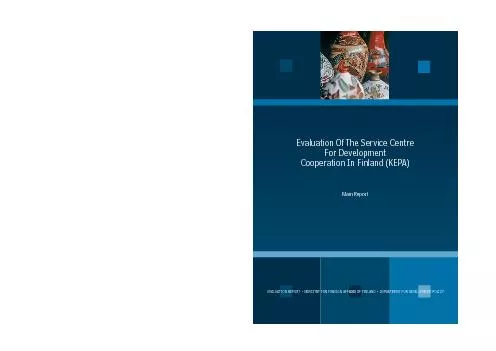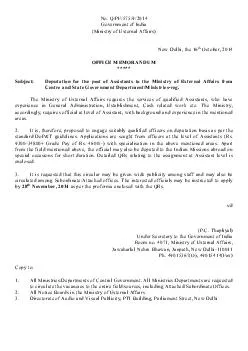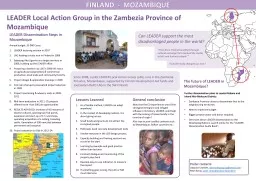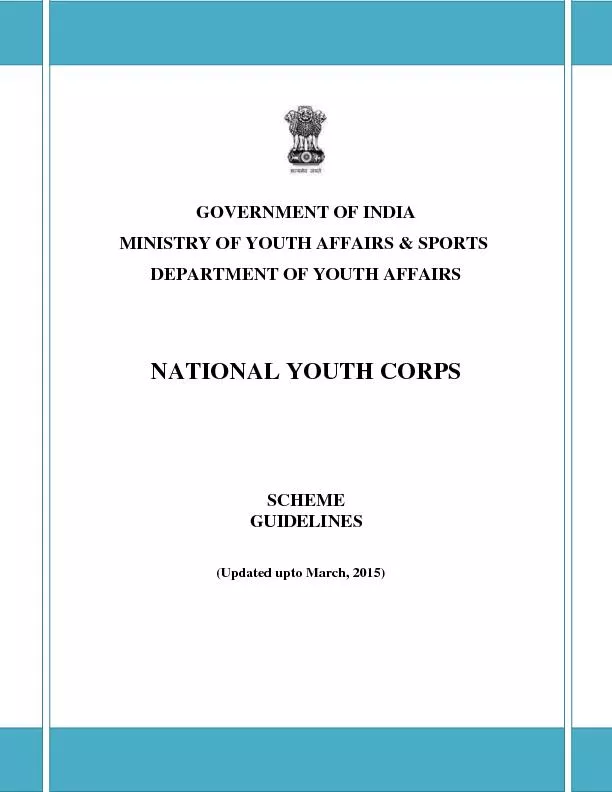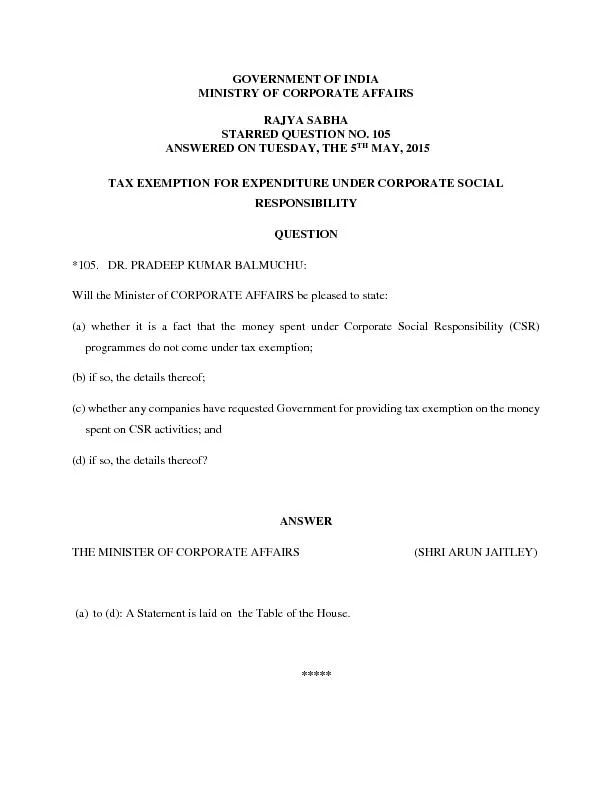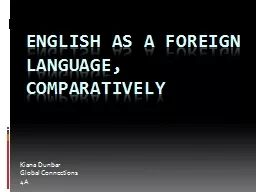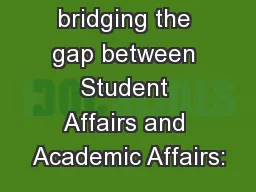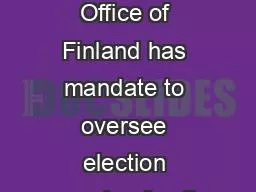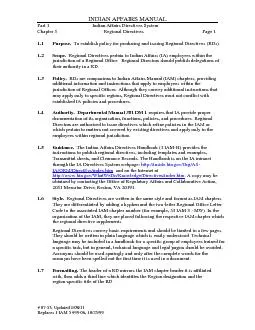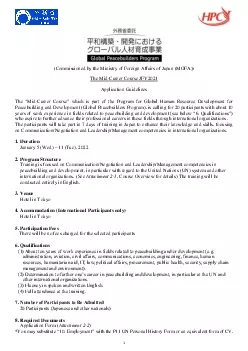PDF-EVALUATION REPORT MINISTRY FOR FOREIGN AFFAIRS OF FINLAND DEPARTME
Author : cady | Published Date : 2021-06-14
Evaluation Of The Service CentreCooperation In Finland KEPA Gender Baseline Study for Finnish Development CooperationISBN 9517245211 ISSN 12357618ISBN 9517244932
Presentation Embed Code
Download Presentation
Download Presentation The PPT/PDF document "EVALUATION REPORT MINISTRY FOR FOREIGN ..." is the property of its rightful owner. Permission is granted to download and print the materials on this website for personal, non-commercial use only, and to display it on your personal computer provided you do not modify the materials and that you retain all copyright notices contained in the materials. By downloading content from our website, you accept the terms of this agreement.
EVALUATION REPORT MINISTRY FOR FOREIGN AFFAIRS OF FINLAND DEPARTME: Transcript
Download Rules Of Document
"EVALUATION REPORT MINISTRY FOR FOREIGN AFFAIRS OF FINLAND DEPARTME"The content belongs to its owner. You may download and print it for personal use, without modification, and keep all copyright notices. By downloading, you agree to these terms.
Related Documents

